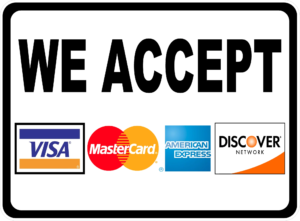Consider the “Four Topics Approach” (or Four Box method) to ethical decision making on page 61, Table 2.1 in Butts (below). Apply this model to a challenging situation in your nursing career that required you to consider the ethical dimensions of the patient case and the role you played in providing care. Specifically apply and address the questions within each topic area as they pertain to your situation.
In your conclusion, discuss the impact of the Four Topics process. Did applying these principles shape your decision making in any way? Does this seem like a valid process for you to apply in your practice?
Your paper should be 1-2 pages. Adhere to APA formatting throughout, and cite any outside sources you may use.
Review the rubric for further information on how your assignment will be graded.
Due: Sunday, 11:59 p.m. (Pacific time)
Points: 60
TABLE 2-1 Four Topics Method for Analysis of Clinical Ethics Cases
Medical Indications: The Principles of Beneficence and Nonmaleficence
1. What is the patient’s medical problem? Is the problem acute? Chronic? Critical? Reversible? Emergent? Terminal?
2. What are the goals of treatment?
3. In what circumstances are medical treatments not indicated?
4. What are the probabilities of success of various treatment options?
5. In sum, how can this patient be benefited by medical and nursing care, and how can harm be avoided?
Patient Preferences: The Principle of Respect for Autonomy
1. Has the patient been informed of benefits and risks, understood this information, and given consent?
2. Is the patient mentally capable and legally competent, and is there evidence of incapacity?
3. If mentally capable, what preferences about treatment is the patient stating?
4. If incapacitated, has the patient expressed prior preferences?
5. Who is the appropriate surrogate to make decisions for the incapacitated patient?
6. Is the patient unwilling or unable to cooperate with medical treatment? If so, why?
Quality of Life: The Principles of Beneficence and Nonmaleficence and Respect for Autonomy
1. What are the prospects, with or without treatment, for a return to normal life, and what physical, mental, and social deficits might the patient experience even if treatment succeeds?
2. On what grounds can anyone judge that some quality of life would be undesirable for a patient who cannot make or express such a judgment?
3. Are there biases that might prejudice the provider’s evaluation of the patient’s quality of life?
4. What ethical issues arise concerning improving or enhancing a patient’s quality of life?
5. Do quality-of-life assessments raise any questions regarding changes in treatment plans, such as forgoing life-sustaining treatment?
6. What are plans and rationale to forgo life-sustaining treatment?
7. What is the legal and ethical status of suicide?
Contextual Features: The Principles of Justice and Fairness
1. Are there professional, interprofessional, or business interests that might create conflicts of interest in the clinical treatment of patients?
2. Are there parties other than clinicians and patients, such as family members, who have an interest in clinical decisions?
3. What are the limits imposed on patient confidentiality by the legitimate interests of third parties?
4. Are there financial factors that create conflicts of interest in clinical decisions?
5. Are there problems of allocation of scarce health resources that might affect clinical decisions?
6. Are there religious issues that might influence clinical decisions?
7. What are the legal issues that might affect clinical decisions?
8. Are there considerations of clinical research and education that might affect clinical decisions?
9. Are there issues of public health and safety that affect clinical decisions?
10. Are there conflicts of interest within institutions and organizations (e.g., hospitals) that may affect clinical decisions and patient welfare?

